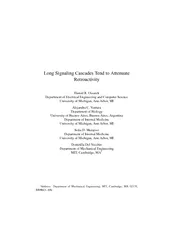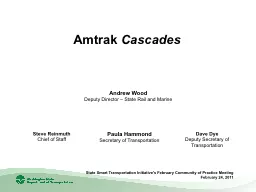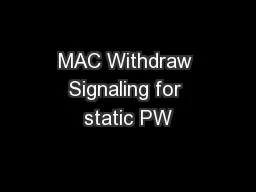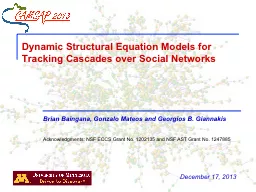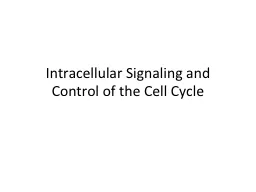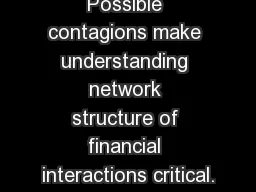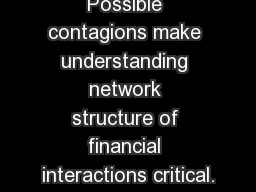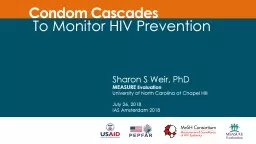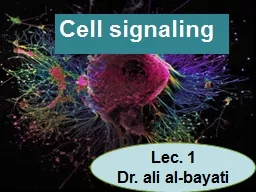PDF-Long Signaling Cascades Tend to Attenuate Retroactivit
Author : briana-ranney | Published Date : 2015-05-02
Ossareh Department of Electrical Engineering and Computer Science University of Michigan Ann Arbor MI Alejandra C Ventura Department of Biology University of Buenos
Presentation Embed Code
Download Presentation
Download Presentation The PPT/PDF document "Long Signaling Cascades Tend to Attenuat..." is the property of its rightful owner. Permission is granted to download and print the materials on this website for personal, non-commercial use only, and to display it on your personal computer provided you do not modify the materials and that you retain all copyright notices contained in the materials. By downloading content from our website, you accept the terms of this agreement.
Long Signaling Cascades Tend to Attenuate Retroactivit: Transcript
Download Rules Of Document
"Long Signaling Cascades Tend to Attenuate Retroactivit"The content belongs to its owner. You may download and print it for personal use, without modification, and keep all copyright notices. By downloading, you agree to these terms.
Related Documents

